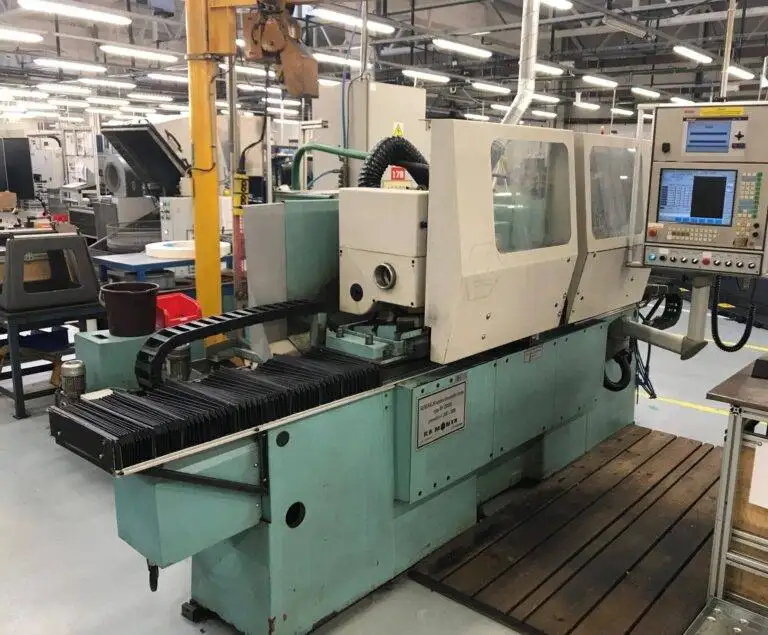Fused Deposition Mode Printing
Fused Deposition Mode (FDM) printing is an additive manufacturing process that involves the creation of three-dimensional objects. It is one of the most popular types of 3D printing and is used extensively in prototyping and product development.
How FDM Printing Works
FDM printing works by melting a thermoplastic filament and extruding it through a nozzle. The nozzle moves along a predetermined path, depositing the melted plastic layer by layer until the object is complete. As each layer is laid down, it cools and solidifies, bonding to the previous layer.
Advantages of FDM Printing
FDM printing has several advantages over other types of 3D printing. Some of these advantages include:
- Cost-effective: FDM printers are relatively inexpensive compared to other types of 3D printers.
- Versatile: FDM printers can use a wide range of materials, including PLA, ABS, PETG, and more.
- Large build volume: FDM printers can produce large objects thanks to their ability to create objects layer by layer.
- High accuracy: FDM printers can produce objects with high accuracy, thanks to their precise extrusion process.
Applications of FDM Printing
FDM printing is used in a wide range of applications, including:
- Prototyping: FDM printers are used extensively in product development to create prototypes quickly and cost-effectively.
- Manufacturing: FDM printers can be used to create jigs, fixtures, and other manufacturing aids.
- Education: FDM printers are used in schools and universities to teach students about 3D printing and product development.
FDM Printing Tips
If you are new to FDM printing, there are several tips that you should keep in mind:
- Use the right filament: The type of filament you use will affect the quality of your print. Make sure to choose the right filament for your application.
- Calibrate your printer: Calibration is critical to achieving high-quality prints. Make sure to calibrate your printer regularly.
- Print in the right environment: FDM printers work best in a controlled environment with low humidity and stable temperatures.
- Use support structures: For complex prints, use support structures to prevent sagging or warping.
- Clean your printer regularly: FDM printers can accumulate dust and debris over time, which can affect print quality. Make sure to clean your printer regularly.
Conclusion
Fused Deposition Mode (FDM) printing is a versatile and cost-effective additive manufacturing process that is used in a wide range of applications. With the right equipment and techniques, FDM printing can produce high-quality objects with precision and accuracy.





